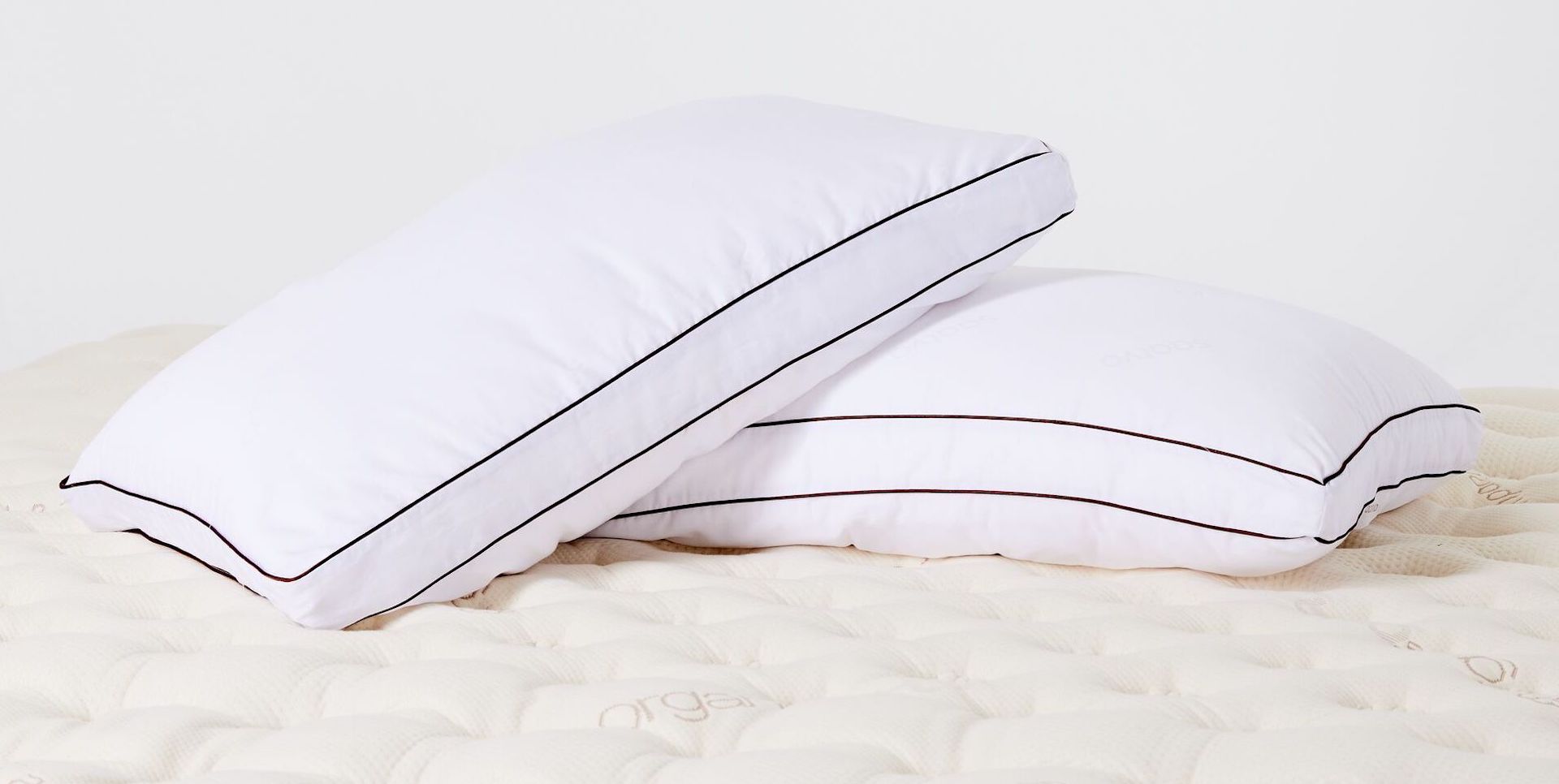If you’re one of the 16% of Americans who sleep face-down—a stomach sleeper—then chances are you’ve already heard that sleeping on your stomach isn’t good for you. Yet…you love it and find it very comfortable.
Still, it’s important to know that while stomach sleeping can have positive benefits, such as reducing snoring and sleep apnea, it can really do a number on your neck and back.
How stomach sleeping affects your neck and back
In fact, many stomach sleepers experience some type of pain—and neck, back, or joint pain can prevent you from getting the sleep you need, waking you during the night and making you feel less rested in the morning.
Sleeping on your stomach places a strain on your back and spine because it shifts your weight to the middle of your body. That makes it hard to keep a neutral spinal position while you’re sleeping. Pregnant women in particular should avoid stomach sleeping. Not only does it squeeze the baby into an uncomfortable position, but the extra weight causes an unnatural bowing of the spine.
“For a lot of reasons we don’t recommend [stomach sleeping],” says Thomas Tozer, chiropractor with Imperium Chiropractic in Wisconsin. “It’s not a neutral posture.” But, he adds, “obviously some people find comfort and deeper sleep on their stomach.”
How to find the best pillow for stomach sleepers
So what if, in spite of the warnings, you still like to sleep on your stomach? The good news is there are easy ways to help you avoid the complications.
Choose a thin pillow
For starters, think thin when it comes to pillows for stomach sleepers. Thin pillows may not look as inviting as the plumped-up ones, but what they lack in plushness will be made up for in better sleep.
“As far as pillows,” says Tozer, “we definitely say a thinner pillow is critical because to sleep on your stomach and still be able to breathe, you need a thin pillow.” A thick, firm pillow puts more strain on the neck and may cause discomfort in the lower back. A pillow with about three inches of thickness is optimal. (Here’s why sleeping without a pillow could be a good option for stomach sleepers.)
Opt for hypoallergenic pillow filling
Sleeping face-down or with your head turned sideways means your nose and mouth will be right against the pillow, which is why it’s a good reason to pay attention to what’s inside the pillow.
You will want to be sure whatever pillow you choose is filled with hypoallergenic material, such as latex or bamboo, to keep allergens and dust mites from taking up residence and causing irritation. A hypoallergenic cover and pillowcase, made from a material like organic cotton, can be beneficial too.
Look for cooling features
Becoming overly warm can be a problem for stomach sleepers. If it is for you, look for a pillow featuring some type of cooling technology in its filling or cover design. Latex is naturally cool, while memory foam, which tends to sleep warmer, can be cooling if it’s infused with graphite or gel. An organic cotton cover will offer breathability.
Try a wedge-shaped pillow
A pillow with a slightly inclined surface can be used to create proper spinal alignment while lying face down. Another option is a wedge-shaped design that allows you to place your face in an opening that lets you breathe comfortably. It also keeps the spine in neutral alignment.
Place a second pillow under your pelvis
Additionally, placing a pillow under your pelvis will keep your back in a more neutral position and take pressure off your spine.
The bottom line on pillows for stomach sleepers
Just remember: Tozer says it’s important to buy pillows suited to your individual needs. This is particularly important for couples who share a bed because too often they’ll buy two pillows, “yet the two who will be using those will be different,” says Tozer, adding that the goal is “buying a pillow that is individually fit to their sleep position and posture.”
Need more advice on finding a pillow? Here’s how to choose the right pillow for your sleep position.





